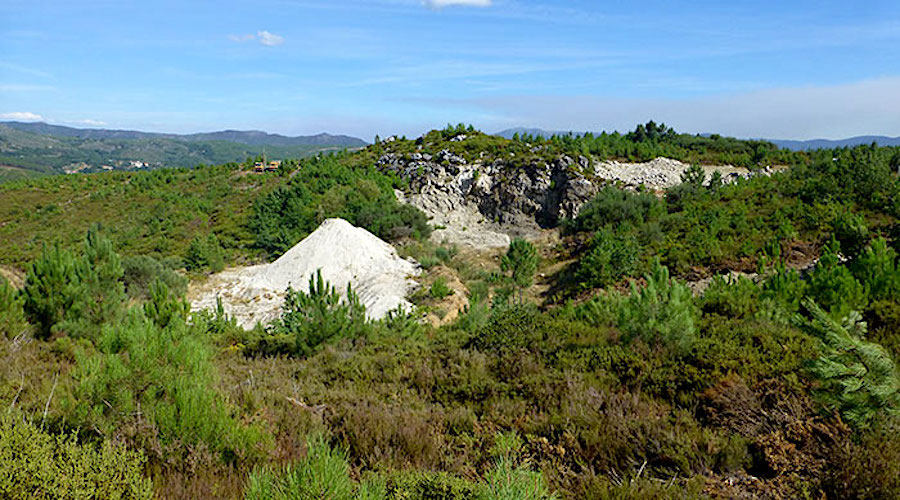
“Removal of up to one quarter of the ore feed going into the flotation circuit could have significant positive implications for the capital and operating costs of this section of the concentrator and the project overall,” chief executive David Archer said in the statement.
The multi-commodity developer, which is listed on the AIM, the London Stock Exchange’s international market for smaller firms, acquired a 75% interest in Mina do Barroso in May 2017.
Mina do Barroso is expected to become Europe’s first significant producer of spodumene, a hard-rock form of lithium
Since then, Savannah has maintained a fast paced development approach as part of its plan to become Europe’s most significant producer of spodumene lithium.
In January, it announced an agreement with Galp Energia that could see the energy group taking up to a 10% stake in Mina do Barroso by investing $6.4 million.
“The agreement represents a significant step in commercializing Mina do Barroso and will be an important factor in securing financing for the construction of the project,” the company said at the time.
The project holds a resource estimate of 20 million tonnes of lithium with over 200,000 tonnes contained Li20. Additionally, metallurgical test-work results have produced a 6% Li20 low impurity concentrate, which according to Archer is “ideal” for the EV battery industry.
The company believes that Mina do Barroso will become Europe’s first significant producer of spodumene, a hard-rock form of lithium.
The mine is set to initially produce 6% Li2O spodumene concentrates destined for China. The open-pit mine will also yield a feldspar and quartz co-product to be sold to ceramics industry customers locally and in neighboring Spain.
Portugal, already Europe’s top lithium producer, accounts for about 11% of the global market, but its output is entirely used to make ceramics and glassware. That’s why Europe relies on lithium imports from Latin America’s “Lithium Triangle,” as well from Australia and China.




